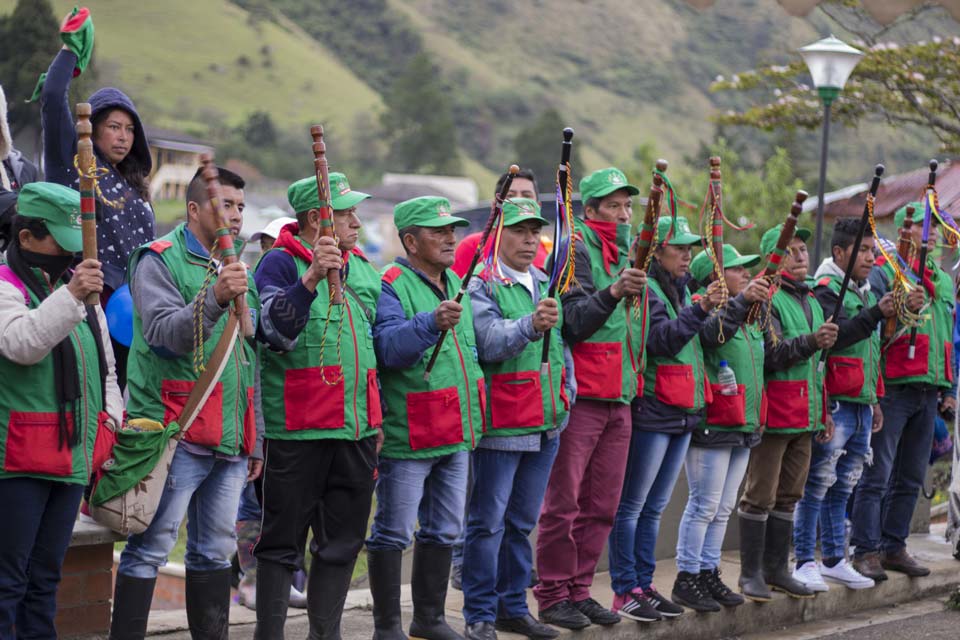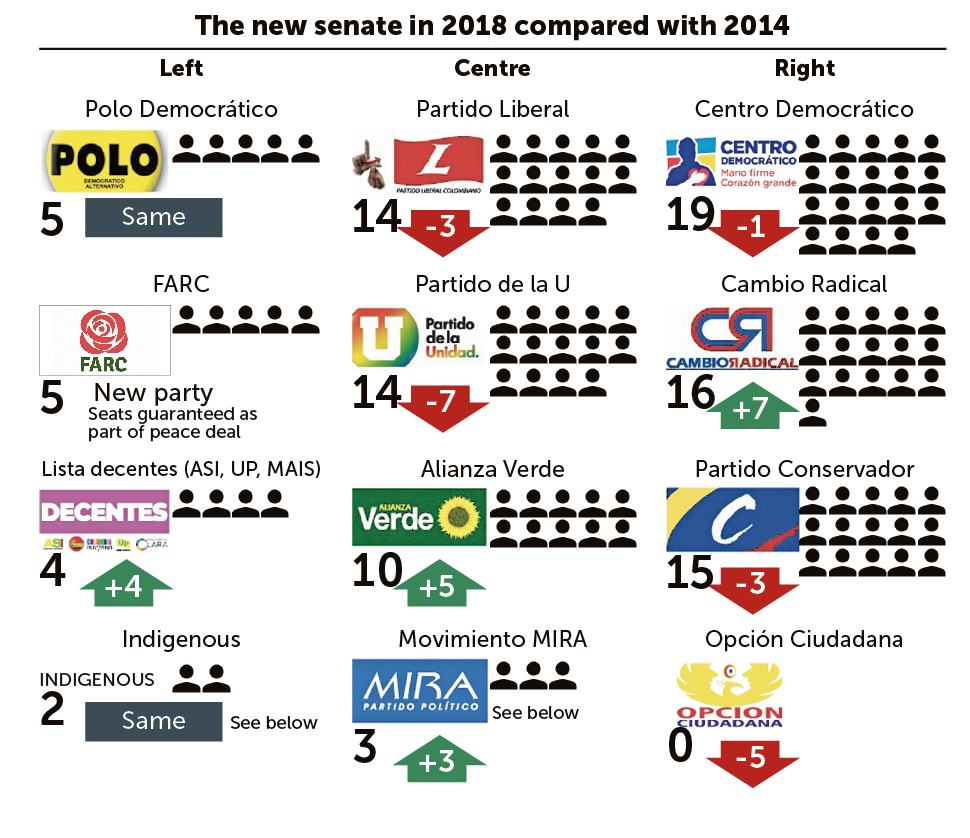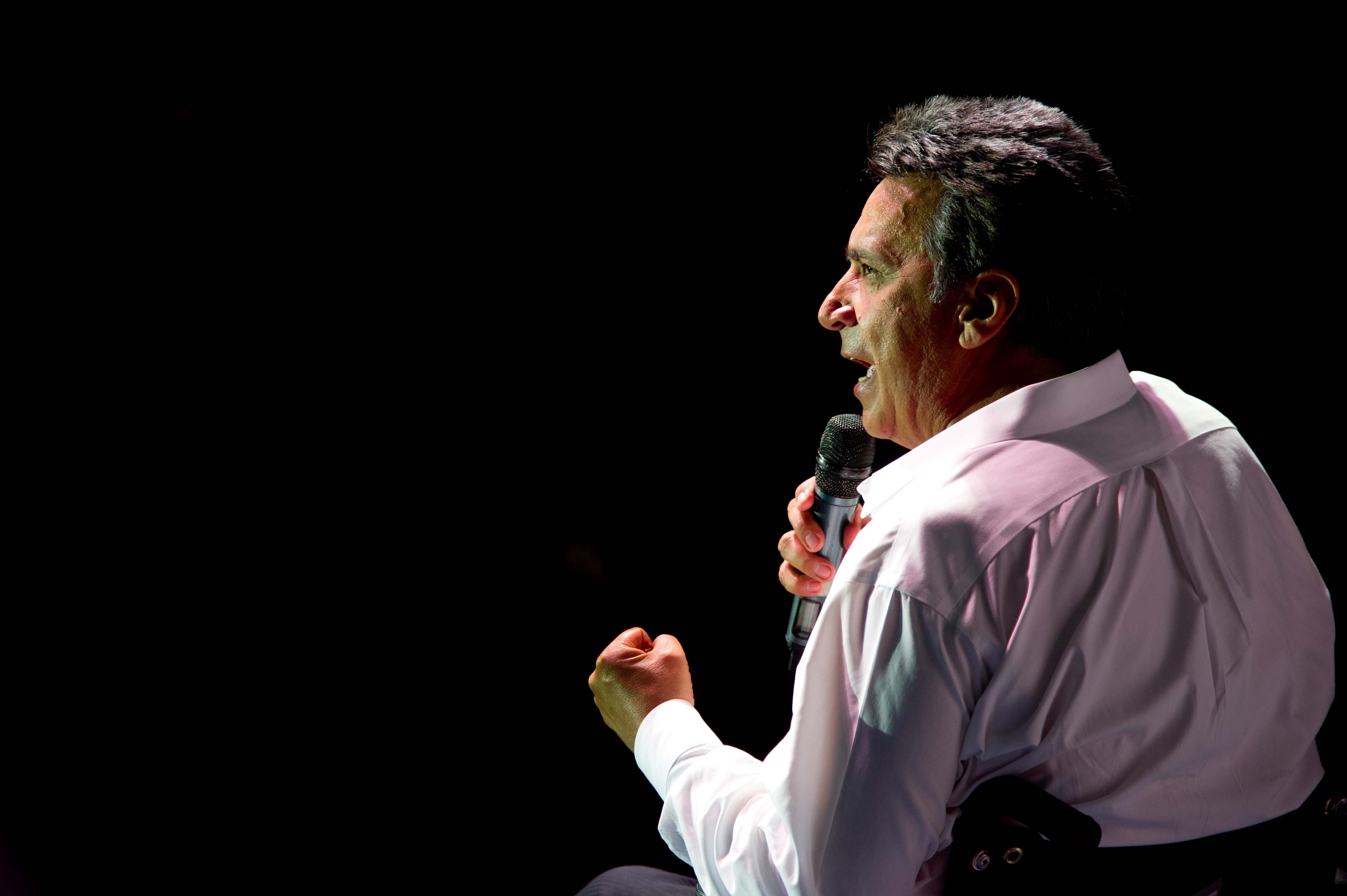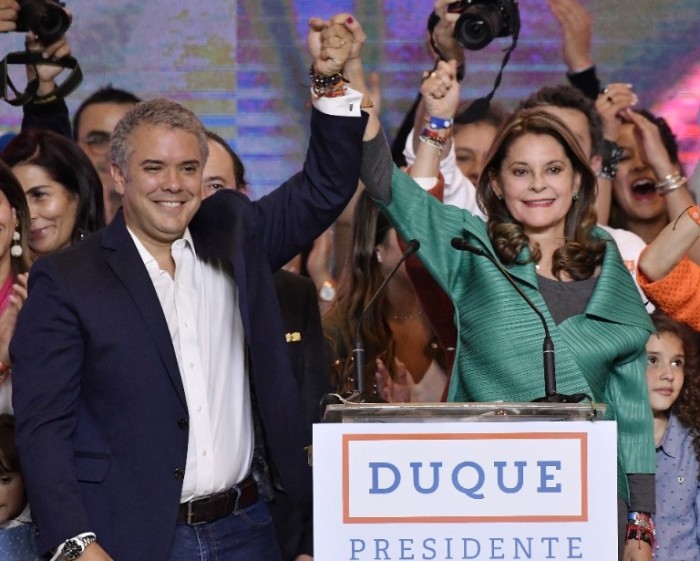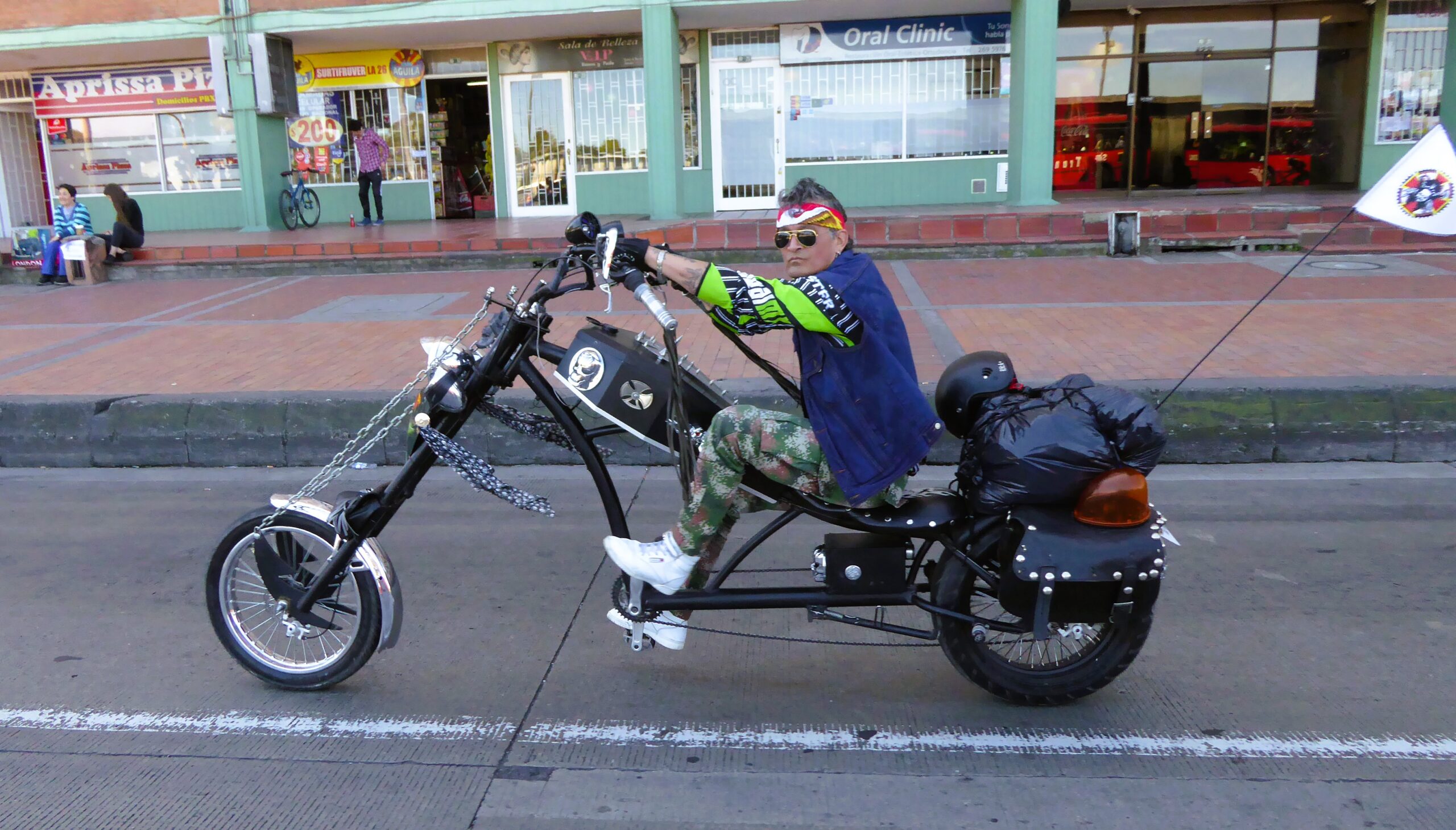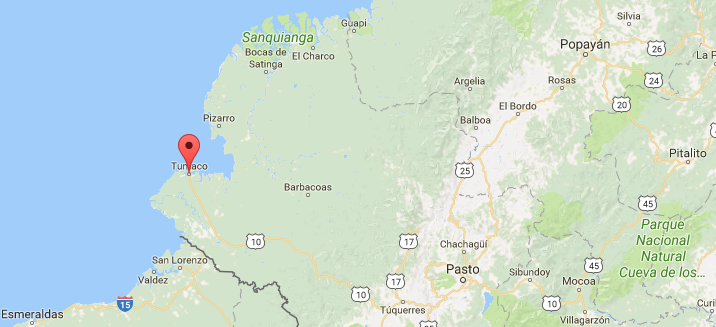 After a clash between armed forces and farmers that left at least 6 people dead, the National Police has suspended, withdrawn or relocated all police in the area at the time.
After a clash between armed forces and farmers that left at least 6 people dead, the National Police has suspended, withdrawn or relocated all police in the area at the time.
Indigenous communities and international organizations are condemning the massacre, and pressing the Colombian government to explain what happened.
On October 9 deputy Attorney General María Paulina Riveros confirmed that the October 5 clash between armed forces and unarmed farmers in El Tamil, near Tumaco, had left a total of 6 confirmed deaths and 12 people injured.
The death toll is disputed by inhabitants of the area, including some witnesses. The body of a young girl of the Awa indigenous community was found in the vicinity of the area where the crossfire occurred. Prosecutors are working on establishing whether the girl’s death is related to the incident, and if there are still unreported casualties.
Riveros also announced that all weapons, ammo and casings in the area are currently under custody by the authorities for forensic analysis to clarify who was involved in the shooting. Prosecution services continue to gather evidence and witness testimonies to clarify the event.
Meanwhile, international and national pressure is piling up on the Colombian government.
Four of the six deceased are members of local indigenous communities—two are members of the Awa people, two of the Nasa—which has led to outrage. Press releases from the National Indigenous Organization of Colombia and other indigenous associations demand immediate solutions from the State.
In particular, one joint statement signed by the International Drug Policy Consortium, the Washington Office in Latin America, the Colombian Human Rights Committee, among others, has attracted the attention of the public, both domestically and abroad.
Joint statement from international organizations condemning government response to the Tumaco incident.
Minister of Defense Luis Carlos Villegas ordered that the 2 high-ranking officers, 20 executives and 80 policemen in El Tamil area be transferred to other areas of the country. The drug enforcement division of the National Police announced the suspension of 4 policemen allegedly involved in the incident.
These announcements were released the day after a humanitarian mission sent to verify the state of affairs in the area was received with shots into the air, stun grenades and stern orders to leave by the police, despite their white-flag approach. The mission included journalists and UN, OAS and local government representatives. None were harmed.
Source: Las2Orillas. See also UN press release narrating the event.
The National Police stated in a press release that the policemen were responding to an attack from an unknown aggressor, not attacking the mission. Director Jorge Hernando Nieto maintained this position during a recent interview with Caracol.
Especulation about the involvement of FARC armed forces and its impact on the Colombian peace process has not been clarified. Walter Artizala, known as ‘Guacho’ or ‘Cachi’, has been accused by Colombian Vice-President Oscar Naranjo as the person behind the attack, and of being an ex-FARC member. The FARC has denied he ever was part of their ranks, insisting on Artizala’s affiliations with paramilitary groups.
Alias Guacho es cabecilla de un grupo paramilitar, no de grupo disidente. Lo que se construye con mentiras, sale mal.
— Iván Márquez (@IvanMarquezFARC) 6 de octubre de 2017
The Tumaco area has at least 57.200 acres of coca plantations, RCN reported, most of which are controlled by larger organizations, not small-scale independent farmers. The area where the killings occurred is also home to many makeshift cocaine processing facilities, hiring mostly local labor.
The remote region is an important location for international drug trade. It was reported today that police found a submersible vehicle in Tumaco, capable of transporting seven tons of cocaine per trip through the waterways of the surrounding jungle and into the Pacific ocean.





